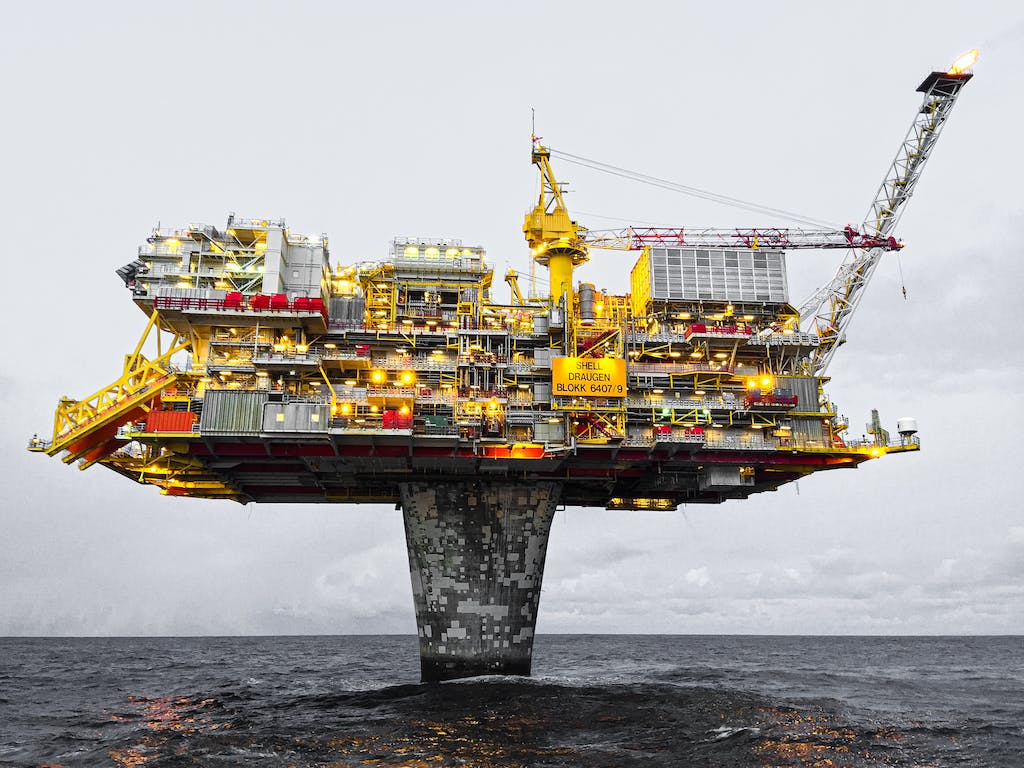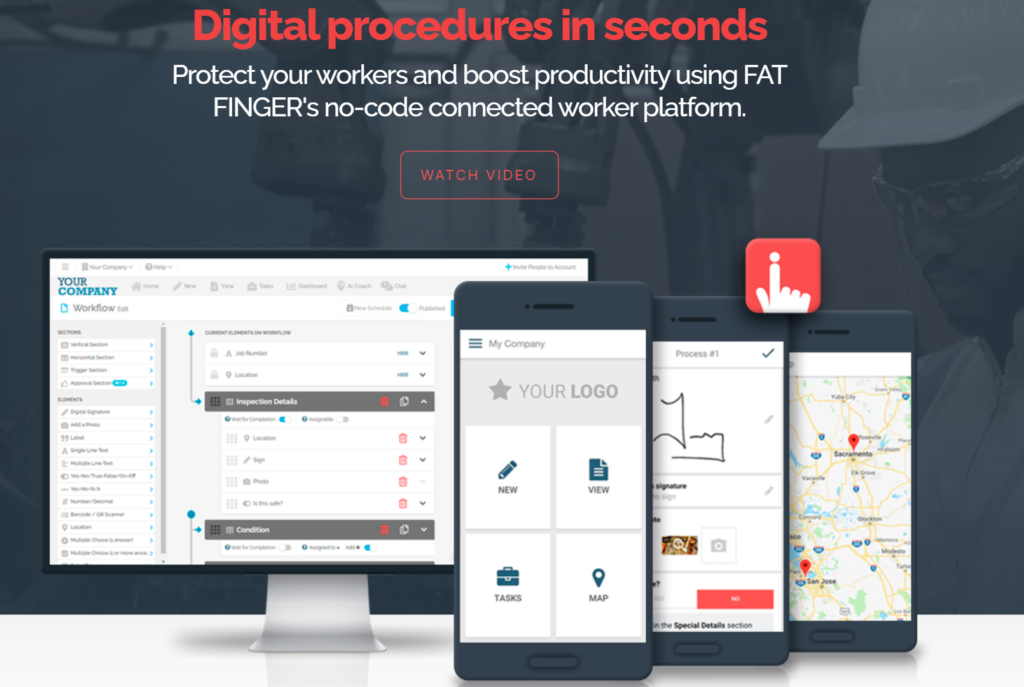The oil and gas industry is a complex and multifaceted sector that requires meticulous planning, execution, and monitoring. One of the critical components in this industry is DEA, or Design Engineering Analysis. DEA plays a pivotal role in ensuring the safety, efficiency, and reliability of oil and gas operations.
In this article, we will delve into what DEA is, its importance, and how it can be optimized using digital workflows like FAT FINGER. Request a demo to see how FAT FINGER can revolutionize your DEA processes.
Understanding Design Engineering Analysis (DEA) in Oil and Gas
Design Engineering Analysis (DEA) is a systematic approach used in the oil and gas industry to evaluate and optimize the design of various components and systems. It involves the use of advanced engineering principles, computational tools, and simulations to ensure that the design meets the required specifications and standards.
The Importance of DEA
DEA is crucial for several reasons:
- Safety: Ensures that the design adheres to safety standards, minimizing the risk of accidents and failures.
- Efficiency: Optimizes the design to enhance operational efficiency and reduce costs.
- Reliability: Ensures that the design is robust and can withstand the harsh conditions of oil and gas operations.

Key Components of Design Engineering Analysis (DEA)
DEA encompasses various components, each playing a vital role in the overall process. These components include:
Structural Analysis
Structural analysis involves evaluating the strength and stability of structures such as pipelines, rigs, and platforms. It ensures that these structures can withstand the forces and stresses they will encounter during operation.
Fluid Dynamics
Fluid dynamics analysis focuses on the behavior of fluids within the system. It helps in optimizing the flow of oil, gas, and other fluids, ensuring efficient transportation and processing.
Thermal Analysis
Thermal analysis evaluates the heat transfer and temperature distribution within the system. It ensures that the design can handle the thermal loads and maintain optimal operating conditions.
Fatigue and Fracture Analysis
This component assesses the durability and longevity of materials and structures. It helps in identifying potential failure points and implementing measures to prevent them.
Challenges in Design Engineering Analysis (DEA)
Despite its importance, DEA faces several challenges:
- Complexity: The intricate nature of oil and gas systems makes DEA a complex and time-consuming process.
- Data Management: Handling vast amounts of data from various sources can be overwhelming.
- Human Error: Manual processes are prone to errors, which can compromise the accuracy of the analysis.
Optimizing DEA with FAT FINGER

FAT FINGER offers a digital workflow solution that can address these challenges and enhance the DEA process. Here’s how:
Take 5 Safety
Take 5 Safety is a proactive approach to identify and mitigate potential hazards before they escalate. With FAT FINGER, you can create digital checklists that ensure all safety protocols are followed. This reduces the risk of accidents and enhances the overall safety of the design.
Near Miss Reporting
Near Miss Reporting is crucial for identifying potential issues that could lead to accidents. FAT FINGER allows you to report and analyze near misses in real-time, providing valuable insights to improve the design and prevent future incidents.
Job Hazard Analysis
Job Hazard Analysis (JHA) involves identifying and assessing potential hazards associated with specific tasks. FAT FINGER’s digital workflows streamline the JHA process, ensuring that all hazards are identified and mitigated effectively.
Risk Assessment
Risk Assessment is a critical component of DEA, as it helps in identifying and evaluating potential risks. FAT FINGER provides a comprehensive platform for conducting risk assessments, ensuring that all risks are accounted for and managed effectively.
Incident Reporting in the Workplace
Incident Reporting is essential for documenting and analyzing incidents that occur during operations. FAT FINGER’s digital workflows make it easy to report and analyze incidents, providing valuable data to improve the design and prevent future occurrences.
Journey Report
The Journey Report is a tool for tracking and documenting the progress of a project. FAT FINGER’s digital workflows provide a comprehensive platform for creating and managing journey reports, ensuring that all aspects of the project are monitored and documented effectively.
Case Studies: Successful Implementation of FAT FINGER
Several companies in the oil and gas industry have successfully implemented FAT FINGER to optimize their DEA processes.
For example, a leading oil and gas company used FAT FINGER’s digital workflows to streamline their risk assessment process. This resulted in a 30% reduction in the time required to complete risk assessments and a 20% decrease in incidents.
Another company used FAT FINGER’s near miss reporting tool to identify and mitigate potential hazards. This led to a 25% reduction in near misses and a significant improvement in overall safety.
Conclusion
Design Engineering Analysis (DEA) is a critical component of the oil and gas industry, ensuring the safety, efficiency, and reliability of operations. However, it faces several challenges, including complexity, data management, and human error. FAT FINGER offers a digital workflow solution that can address these challenges and enhance the DEA process. By leveraging FAT FINGER’s powerful safety checklists, companies can optimize their DEA processes, improve safety, and reduce costs.
Ready to revolutionize your DEA processes? Create a safety workflow for free on FAT FINGER or request a demo today!

